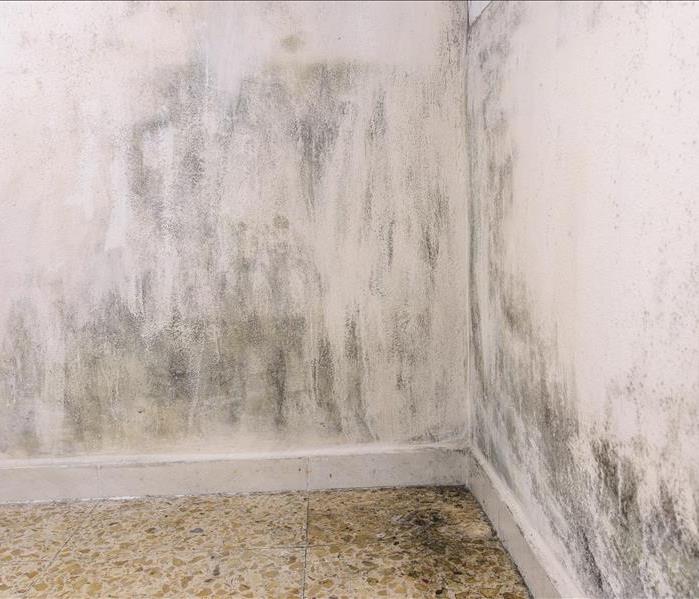The Fascinating Secret Life of Mold
12/8/2020 (Permalink)
The Fascinating Secret Life of Mold
While you don’t want black mold moving into your building, the mold’s life cycle is actually fairly intriguing. It has all the elements of an epic miniseries: suspended animation, invisibility, gluttonous eating, wanton reproduction, and maybe even a battle scene. For the big finish, the mold dramatically releases its offspring into the world just before it dies.
1. Episode One: Suspended Animation
Mold begins its life invisible and airborne, floating through time and space like a scene from a sci-fi novel, waiting until conditions are right. The air in Nashville, TN is full of tiny mold spores, which can remain dormant for years or even decades. Mold spores do not begin to grow until they encounter moisture.
2. Episode Two: Feasting Colonists
When airborne mold spores land on a moisture source in your building, such as a plumbing leak, the spores begin to feed, grow, and multiply. As mold colonies grow, they consume and digest whatever surface they are growing upon. This period of eating and reproducing as much as possible continues for as long as the moisture source is present.
3. Episode Three: Battle for Moisture
Some types of mold, such as black mold, give off gas-like compounds called mycotoxins. Scientists believe that mold releases mycotoxins when it competes with other organisms over the same moisture source. In a building with a moisture problem, mold may have to battle off dust mites, bacteria, and/or insects to maintain control of the water.
4. Episode Four: Impending Doom
If the mold loses the battle for resources, or if the moisture source dries up, mold releases spores into the air right before it dies. These airborne spores can remain in your building for years, waiting to find moisture so they can grow. This is why merely killing visible mold is not sufficient mold cleanup. Professional mold remediation is usually necessary to extract mold spores from the air.
Black mold may be the “international microbe of mystery,” but you still don’t want mold colonies growing in your building. Understanding how mold lives and grows can help you prevent a mold outbreak.




 24/7 Emergency Service
24/7 Emergency Service
